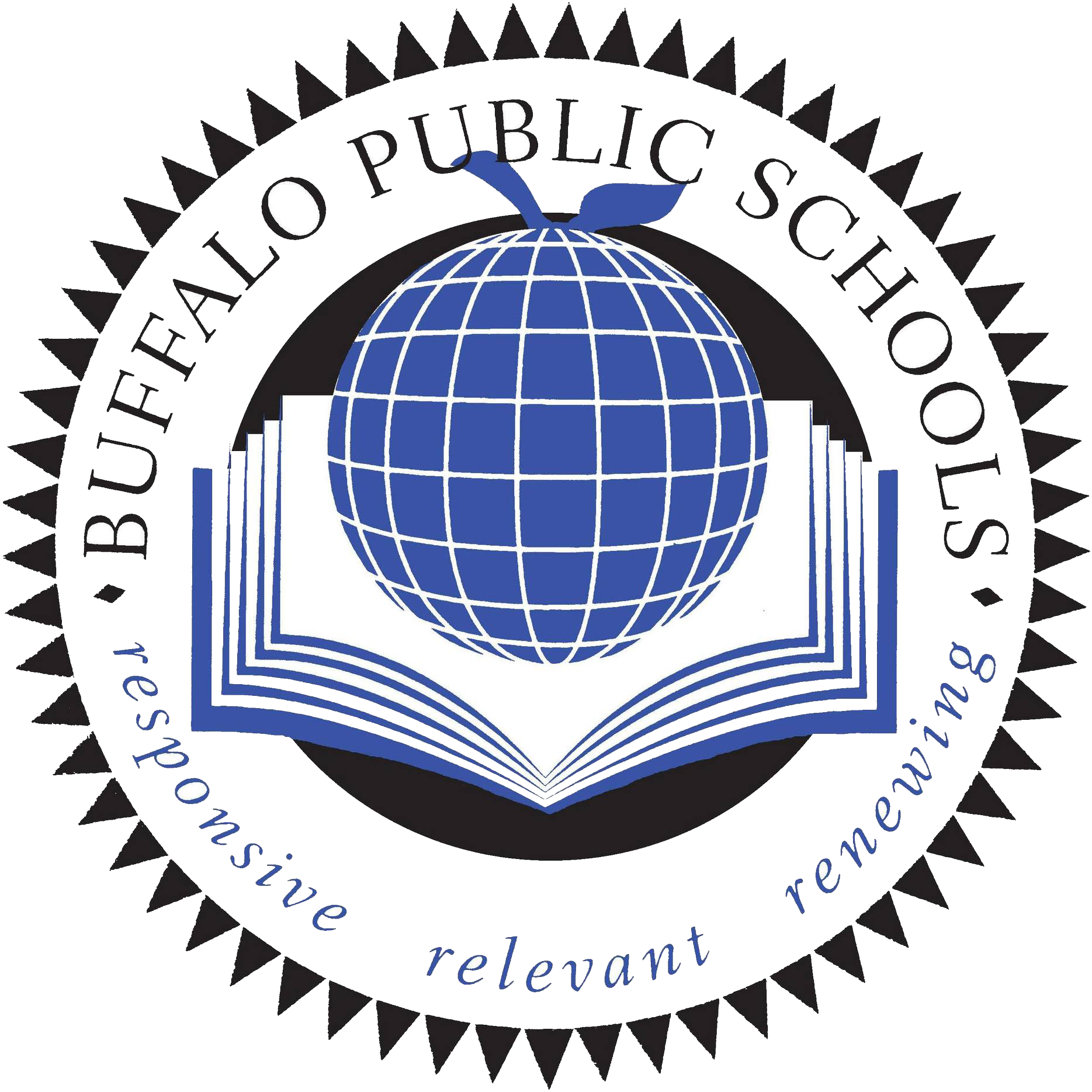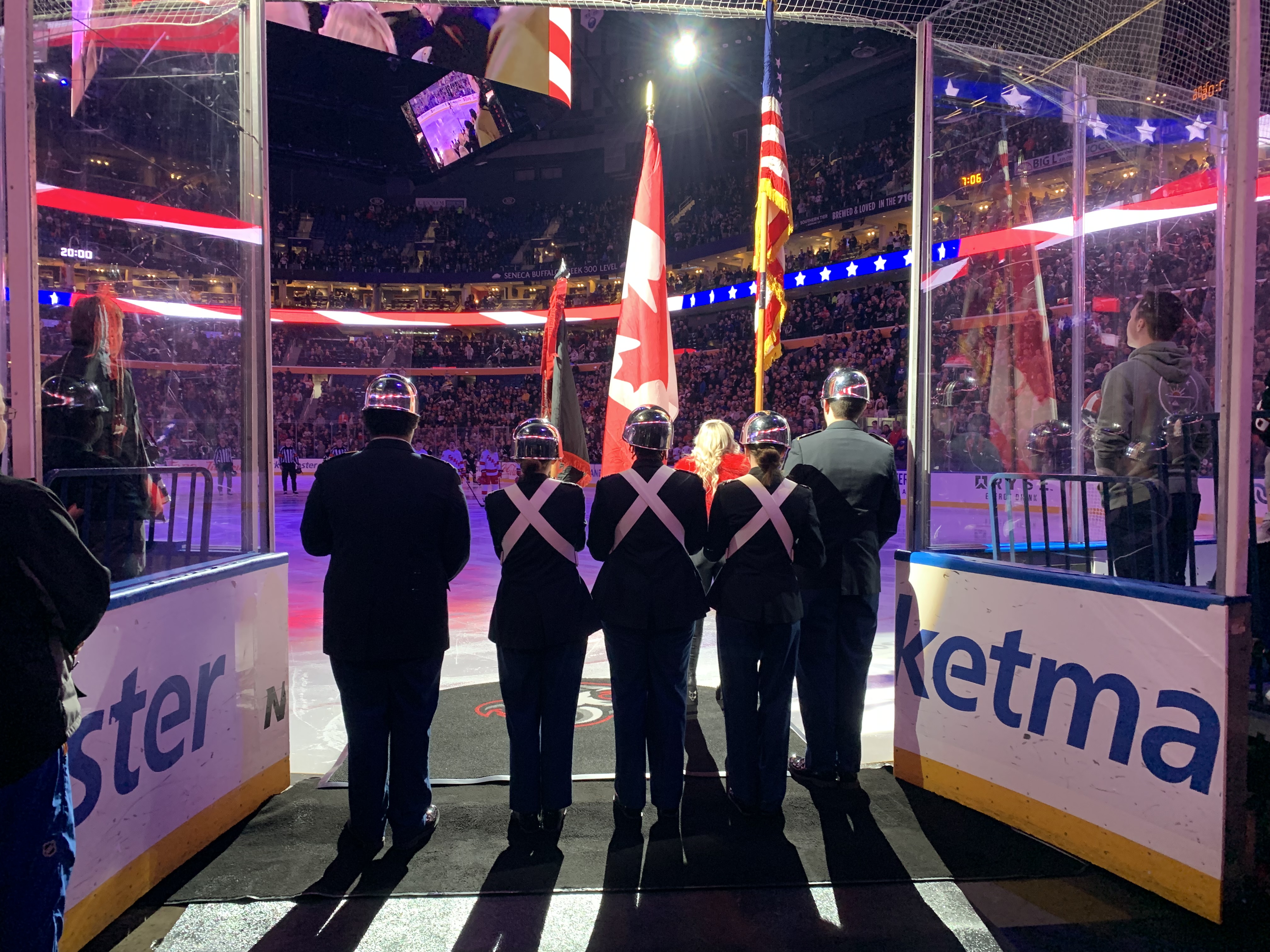Buffalo Schools JROTC Programs
PROGRAM INFORMATION
The U.S. Army Junior Reserve Officers’ Training Corps (JROTC) is one of the largest character development and citizenship programs for youth in the world. As congressionally mandated by Title 10 United States Code, Section 2031, each military service must have a JROTC program to "instill in students in United States secondary educational institutions the values of citizenship, service to the United States, and personal responsibility and a sense of accomplishment." JROTC’s mission, "To Motivate Young People to be Better Citizens", is the guide post for the program’s success.
The U.S. Army’s JROTC program currently operates in more than 1,700 public and private high schools, military institutions, and correctional centers throughout the United States and overseas. Approximately 40% of JROTC programs are in inner city schools, serving a student population of 50% minorities. As JROTC students (Cadets) progress through the program, they experience opportunities to lead other Cadets. A major component of the JROTC leadership and citizenship program is female Cadets. Female Cadets make up 40% of the Cadet population. Instructors are trained and qualified in accordance with the National Defense Authorization Act 2007 to teach and mentor approximately 314,000 JROTC Cadets annually.
In Buffalo Public Schools there are thriving JROTC programs at Hutchinson Central Technical, McKinley & South Park High Schools.
JROTC CREED
I am an Army Junior ROTC Cadet.
I will always conduct myself to bring credit to my family, country, school and the Corps of Cadets.
I am loyal and patriotic.
I am the future of the United States of America.
I do not lie, cheat or steal and will always be accountable for my actions and deeds.
I will always practice good citizenship and patriotism.
I will work hard to improve my mind and strengthen my body.
I will seek the mantle of leadership and stand prepared to uphold the Constitution and the American way of life.
May God grant me the strength to always live by this creed.
CURRICULUM
The JROTC curriculum, which fully or partially addresses a number of national academic standards - to include Common Core State Standards (CCSS) - includes course work on
Leadership
Civics
Geography and Global Awareness
Health and Wellness
Language Arts
Life Skills
U.S. History
The curriculum is based on the principles of performance-based, learner-centered education and promotes development of core abilities: capacity for life-long learning, communication, responsibility for actions and choices, good citizenship, respectful treatment of others, and critical thinking techniques.
More important than "what" is learned in JROTC is "how" it is learned. Every classroom is equipped with leading edge technologies to teach, assess, and report student progress. Teachers are trained to utilize a range of technologies and develop social/emotional skills, support academic content through gaming and simulations, and promote the role of social media. Thus, students engage in meaningful, purposeful activities that lead them to demonstrate success through a portfolio of accomplishments.
Every learning experience in the curriculum addresses Core Abilities, Program Outcomes, and Course Competencies; building on their developing skills and abilities, which are critical to success in high school and post-secondary career.

